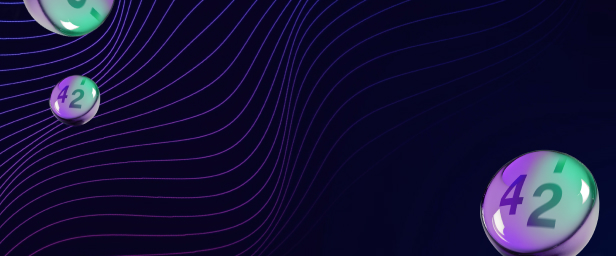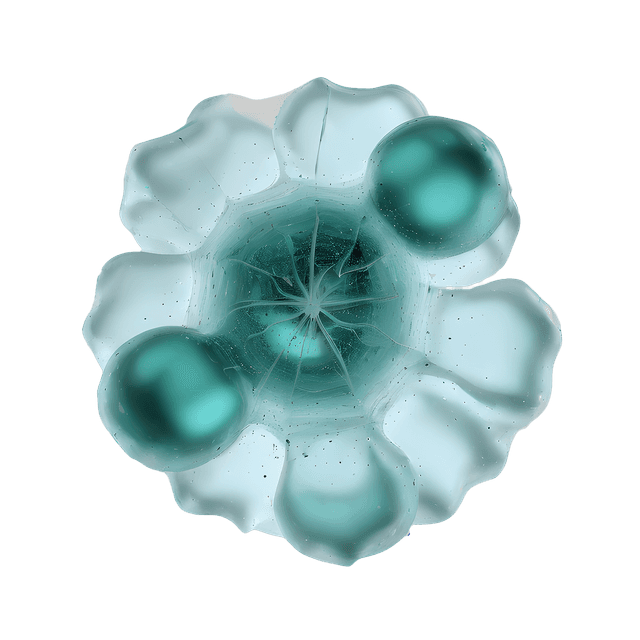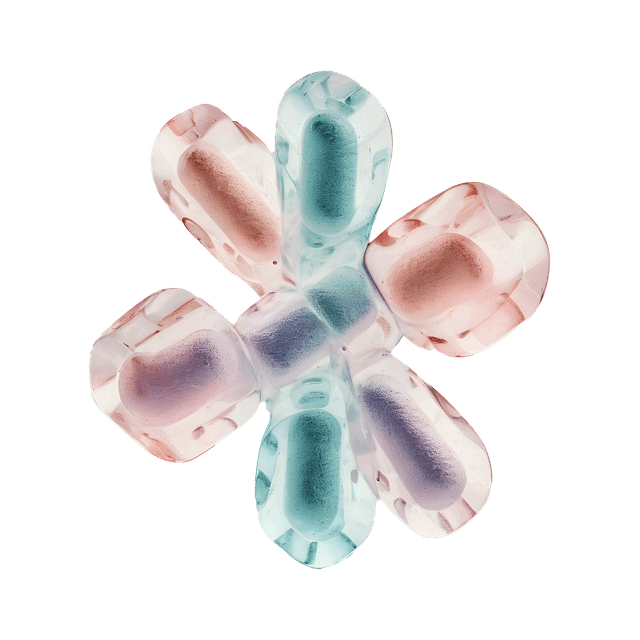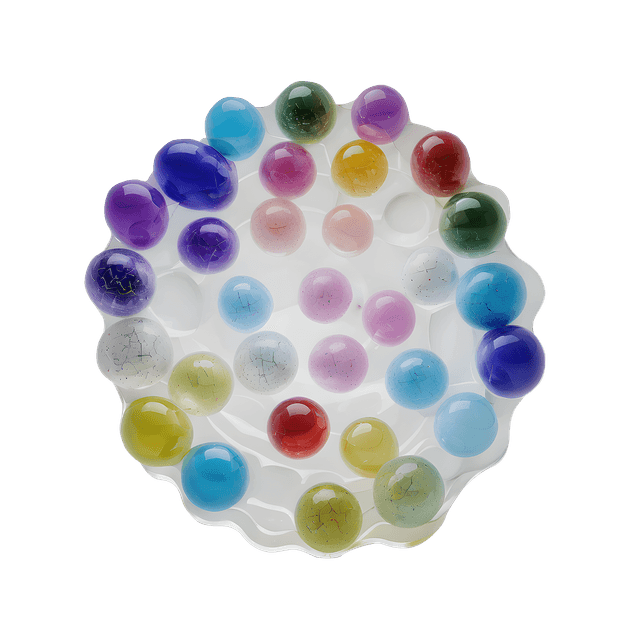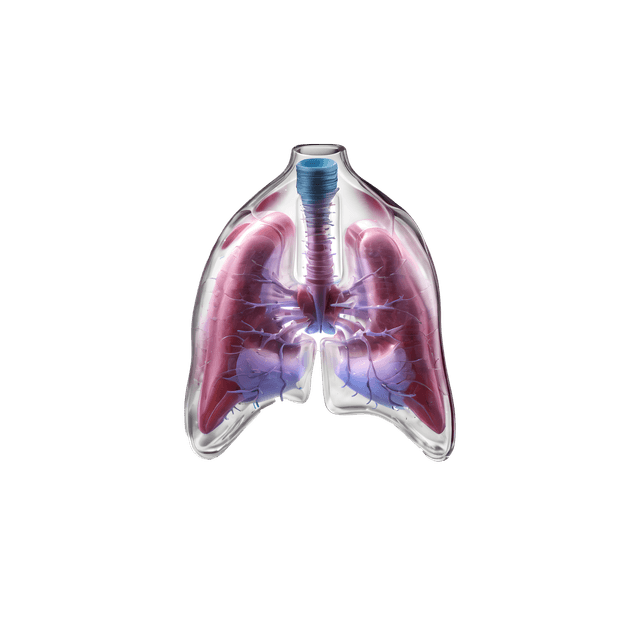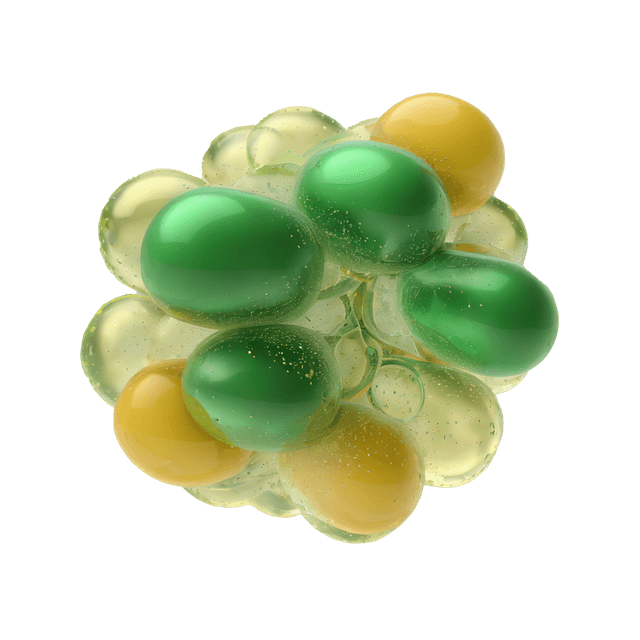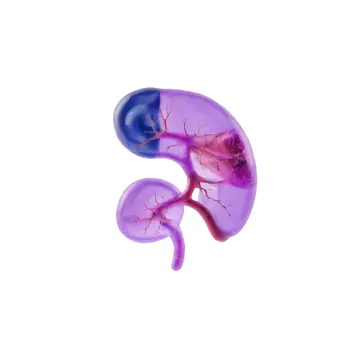Quick version
Gout is a common joint disease that often manifests as sudden and severe pain in the big toe. It is caused by uric acid accumulating in the body and forming crystals in the joints, which leads to inflammation. Attacks often occur at night and can be so painful that it is difficult to move the joint.
The risk of gout increases with high uric acid levels, which can be due to heredity, obesity, kidney problems, a diet rich in purines or high alcohol consumption – especially beer. Certain medications can also contribute.
The diagnosis is made with a blood test that measures uric acid, sometimes supplemented with synovial fluid analysis or imaging. Treatment aims to relieve pain during acute attacks and to lower uric acid levels in the long term. By avoiding alcohol, eating a balanced diet, drinking plenty of water and maintaining a healthy weight, you can reduce the risk of new flare-ups.
What is gout?
Gout is an inflammatory joint disease caused by uric acid accumulating in the body and forming crystals in the joints. When these crystals precipitate, severe local inflammation occurs, which gives rise to an acute and very painful joint attack.
The condition is most common in men over 40, but also occurs in women, especially after menopause. The most common joints affected are the big toe, ankles, knees and wrists. A gout attack often develops quickly, usually at night, and the pain is so intense that it can be difficult to even have a sheet against the joint.
Why do people get gout?
Gout occurs when the concentration of uric acid urate in the blood becomes too high – a condition called hyperuricemia. Uric acid is a waste product that is formed when the body breaks down purines, substances that are naturally found in our cells and in many foods. Normally, uric acid is filtered out by the kidneys and leaves the body in the urine. However, if the body produces more uric acid than it can get rid of, or if excretion via the kidneys is impaired, the level in the blood rises. When the level becomes too high, uric acid can form crystals in the joints and cause severe inflammation – a gout attack.
Beer and wine can trigger gout
The fact that alcohol can increase the risk of gout is no myth – it is well-documented in research. Beer in particular is singled out as the biggest culprit. This is partly because alcohol impairs the kidneys' ability to get rid of uric acid, which causes levels in the blood to rise, and partly because beer and certain strong wines contain higher concentrations of purines that are converted to uric acid in the body. Historically, gout has even been called port wine leg. The name comes from the wealthy men of the 18th century who enjoyed a good life with a diet consisting of fatty foods, meat, cheese and port wine. The combination of abundance, alcohol and a sedentary life led to gout being considered a “disease of the nobility” for a long time.
Today, fortunately, we know better. Gout can affect anyone, but alcohol is still one of the strongest triggers. Beer is the riskiest drink, but even larger amounts of wine or spirits can help trigger or worsen a flare-up – especially in people with already elevated uric acid levels.
Common causes and risk factors
- Impaired kidney function – the kidneys cannot excrete enough uric acid.
- Long-term use of diuretics – some diuretics increase uric acid levels.
- A diet rich in purines and high alcohol consumption – offal, seafood, red meat and especially beer are typical triggers.
- Overweight, insulin resistance, high blood pressure or cardiovascular disease – these conditions are often linked to elevated uric acid levels.
- Genetic factors ��– gout can be hereditary, especially in families with high urate production.
- Conditions with increased cell turnover, such as cancer treatment or blood diseases, can lead to rapid purine breakdown and urate elevation.
Why does the big toe hurt?
It is no coincidence that gout often starts in the big toe. The base of the big toe is the coldest joint in the body, and when the temperature drops more easily there than in the rest of the body, the risk of uric acid crystallizing increases. The sharp crystals get stuck in the joint fluid and trigger severe inflammation. Gout attacks often occur in the middle of the night, when the body is coldest and circulation is slower.
The result is an incredibly tender, red and swollen big toe that is barely movable. The pain peaks within 6–12 hours and can last for several days. After the acute phase, the inflammation often subsides, but relapses are common if uric acid levels continue to be high.
How to know if you have gout
Gout is often recognized by its typical course. The pain comes on suddenly, often at night, and usually affects the base of the big toe, but it can also occur in the ankle, knee or finger. The joint quickly becomes warm, swollen, red and so tender that even light touch can hurt. The pain is often at its worst during the first day and then subsides within a few days.
If you have had repeated similar attacks, especially in the big toe, it is wise to check your uric acid level (S-urate) in the blood. An elevated value indicates that the body has difficulty getting rid of uric acid, which increases the risk of new gout attacks. Read more about symptoms and treatment of gout.
In adults, the urate level is usually considered elevated if it is above approximately 360 µmol/L in women and 400 µmol/L in men. The higher the value, the greater the risk that uric acid will form crystals in the joints. To avoid future flare-ups, it may therefore be a good idea to monitor your urate level regularly, especially if you have recurring joint pain or kidney problems.
How the diagnosis is made in healthcare
Blood tests
Blood tests are used to confirm the suspicion of gout. In particular, uric acid S-urate is measured, which is often elevated, but the value can temporarily be normal during an ongoing flare-up. Therefore, a new sample is sometimes taken when the symptoms have passed. Signs of inflammation CRP, white blood cells can also be analyzed and kidney function assessed.
Joint fluid sample
In some cases, a small sample is taken from the inflamed joint. The sample is examined under a microscope to see if there are uric acid crystals – which confirms the diagnosis. At the same time, infection in the joint can be ruled out.
Imaging
If the diagnosis is still uncertain, ultrasound or computed tomography can be used. The examinations can show urate deposits or typical changes in the joint in long-term gout.
Treatment and preventive measures
The treatment of gout aims to quickly relieve pain and inflammation and prevent future flare-ups by lowering uric acid levels. In severe cases, a cortisone injection, as illustrated in the picture below, can be given directly into the inflamed joint. The cortisone effectively reduces local inflammation and often provides noticeable relief within one to two days. To avoid relapse, treatment can be supplemented with medications that lower uric acid and with lifestyle changes such as reduced alcohol intake, weight control and a healthy diet.
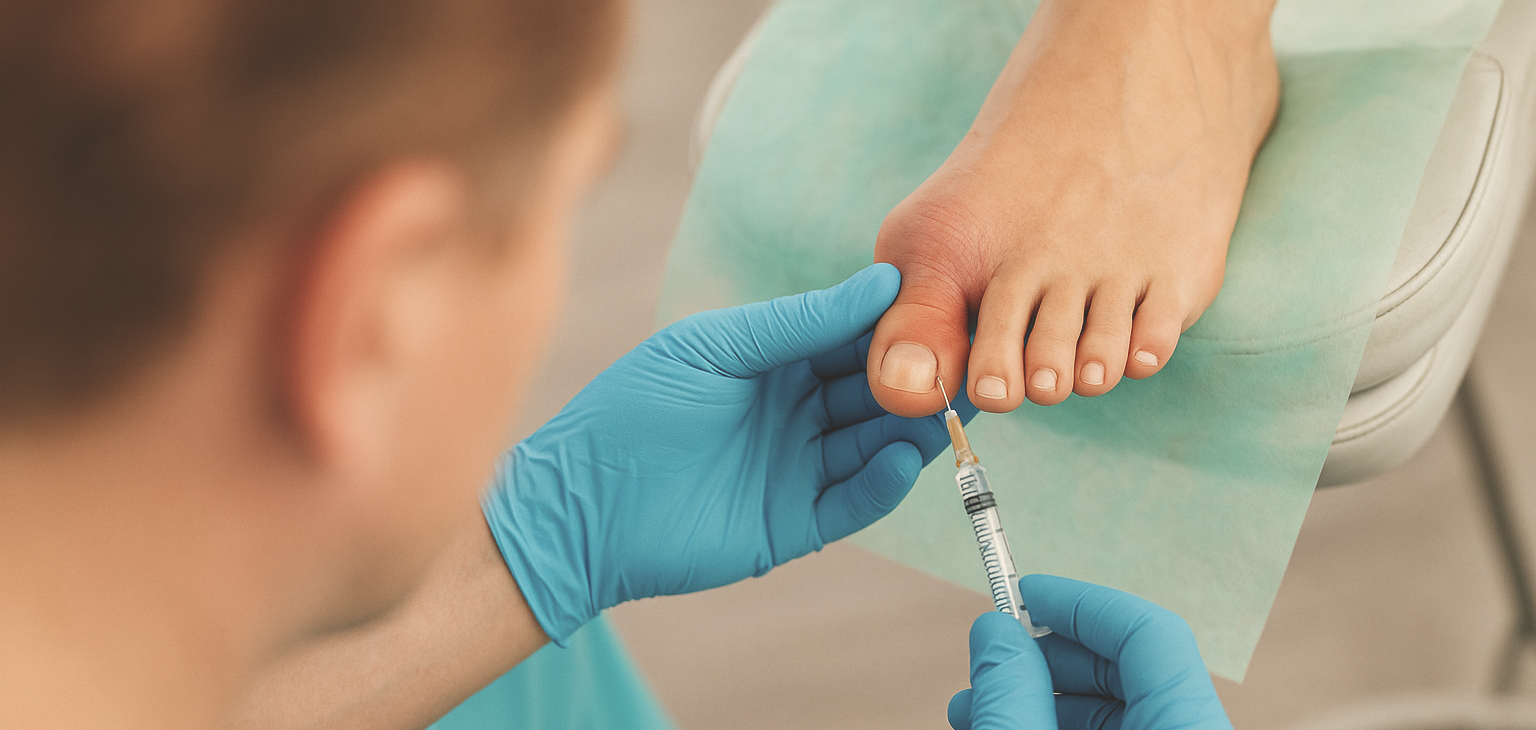
Acute treatment of gout
In the event of a gout attack, the aim is to quickly reduce the inflammation and relieve the pain. Anti-inflammatory drugs (NSAIDs) such as ibuprofen or naproxen are usually used. In some cases, doctors may prescribe colchicine or cortisone. It may also help to rest the affected joint, keep it elevated, and cool the area to reduce swelling.
Long-term treatment
- Urate-lowering drugs such as allopurinol or febuxostat can be given for repeated flare-ups or high urate levels.
- Treatment is usually only started once the acute phase has passed.
- The dose is adjusted individually and followed up with regular blood tests.
Lifestyle and preventive measures
- Avoid alcohol, especially beer and spirits
- Reduce your intake of purine-rich foods (red meat, seafood, offal)
- Drink plenty of water
- Avoid sugary and fructose-rich drinks
- Lose weight if you are overweight
- Exercise regularly
By combining the right treatment with healthy lifestyle habits, it is often possible to keep uric acid levels under control and avoid future gout attacks. A balanced diet, moderate alcohol consumption and regular exercise are therefore just as important as the medications themselves.

